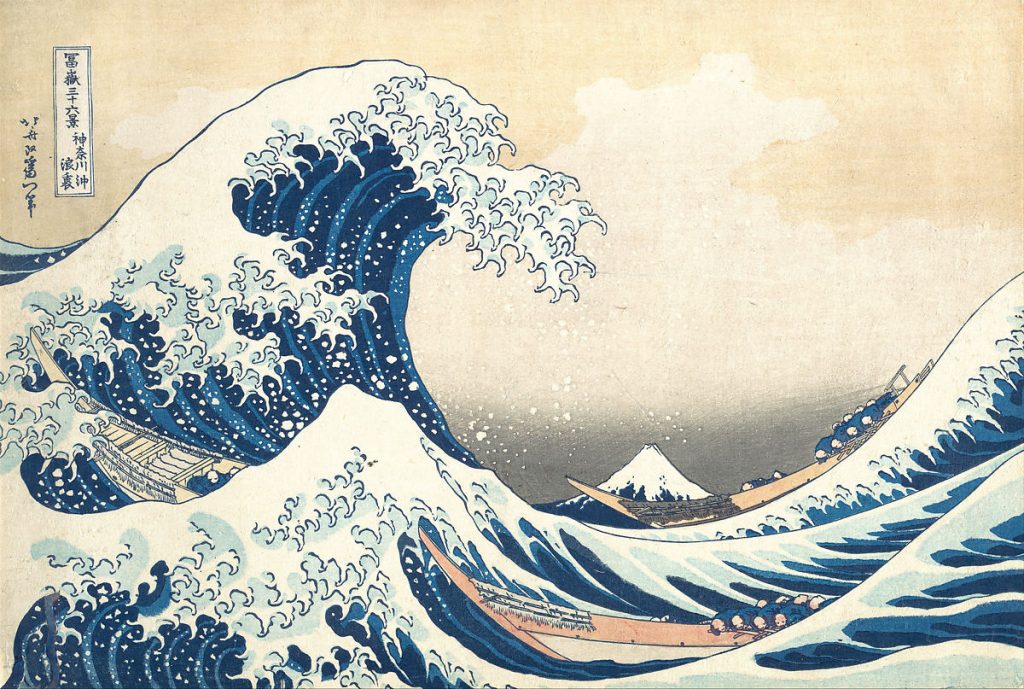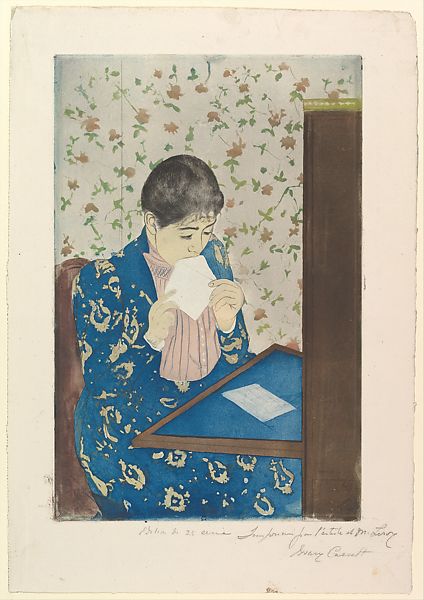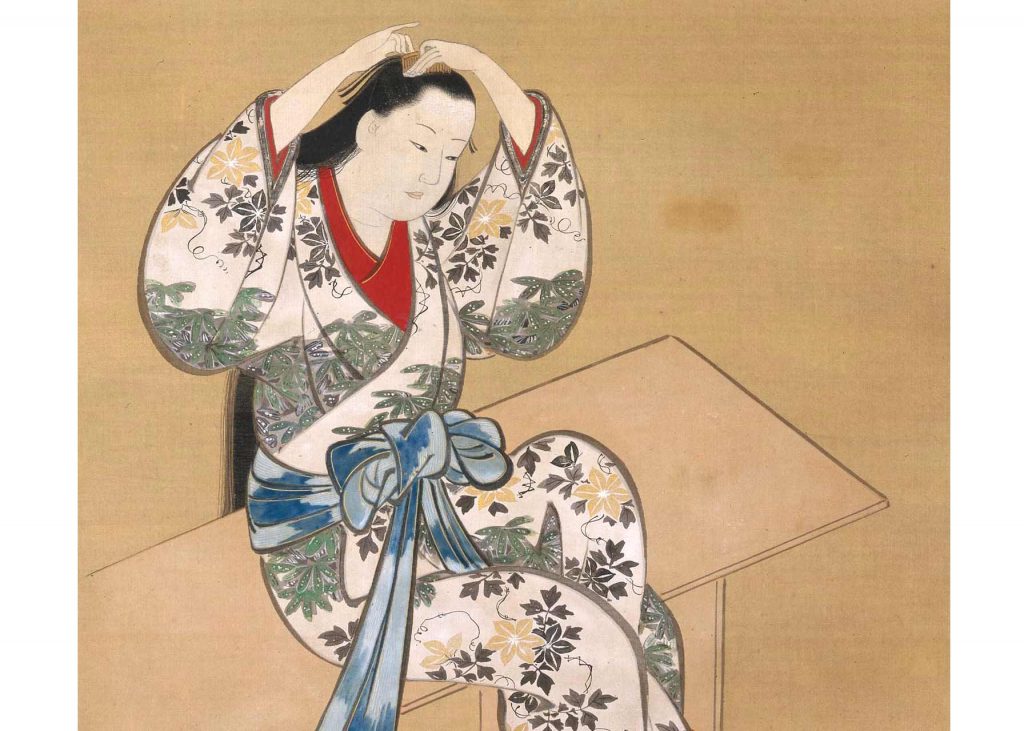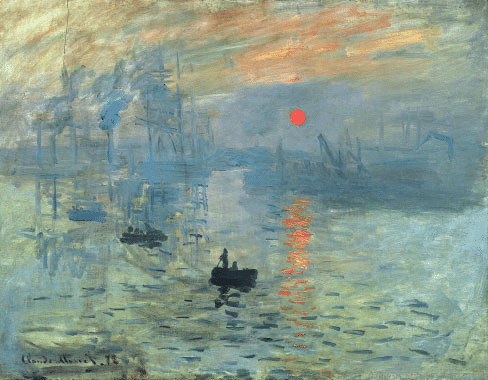Inspiration breeds creativity. A look into the impact of Japanese artwork on Western painters.
From 1639 to 1853, Japan was largely isolated from the rest of the world. It was only in 1858 that Japan started to increase trade with other countries. One can surely imagine the effect this would have had after nearly 200 years of minimum contact. This was the beginning of a cultural and artistic revolution. In other words, it led to the rise of Japonisme.
The Power of Ukiyo-e Prints
One of the major goods from Japan that became quite famous were ukiyo-e prints. They initially appeared in the West through packaging but were later imported specifically for their artwork. They were woodblock prints that were sometimes in colour. Ukiyo-e prints depicted the lives of various people (especially in entertainment) as well as fictional characters. Many of them were created in the 17th and 18th century and greatly influenced Western artists. Ukiyo-e prints were well known for their characteristics such as transparency, lack of realism, perspective, framing, etc. One of the most popular ukiyo-e prints (seen below) was The Great Wave at Kanagawa, designed by Katsushika Hokusai.

Image Source: https://www.metmuseum.org/art/collection/search/45434
What I personally found the most interesting about these prints was the process behind it. For example, the designer was not the only one involved in creating these prints. There were engravers, printers and publishers. In order for this design to be a success, it was crucial that all of them work together. I realized it’s probably similar to what graphic designers of today deal with. One project will usually involve the effort of many different people.
Interaction Creates Inspiration
As Japan continued to interact with other countries and trade flourished, Europeans were being increasingly exposed to Japanese culture. They found the techniques of Japanese artwork fascinating and soon started to draw inspiration from them. In fact, Japanese prints played a huge role in the Impressionism Movement. Mary Cassatt was one such painter whose paintings consist of simple images of women wearing detailed fabric (first image seen below). These features are similar to the one’s in the ukiyo-e prints (second image).

Image Source: https://www.metmuseum.org/art/collection/search/352203

Image Source: https://japanobjects.com/features/utamaro-prints
Claude Monet was another artist who heavily drew inspiration from ukiyo-e prints. In fact, it’s said that he had an entire collection of them in his house. The prints showed him that you don’t need to have realistic light and shadow to create a good composition. Sometimes simple lines are enough and that simplicity is exactly what Monet was trying to achieve in Impression, Sunrise.

Image Source: https://www.sartle.com/blog/post/art-history-reader-impressionism
Another aspect of ukioy-e prints that stood out to me was their focus on the main subject. They weren’t interested in extreme details and realistic depictions. Instead they focused on presenting the subject in a beautiful manner with flat shapes and colours. Perhaps it is this characteristic that inspired Vincent Van Gogh to paint Almond Blossoms. Like Monet, he also had collections of ukiyo-e prints in his studio and greatly admired Japan. For him, Japan represented a new world that wasn’t ‘tainted’ by Western culture.

Image Source: https://www.vincentvangogh.org/almond-blossom.jsp
The Significance of Different Cultures
Overall, there is no doubt of the important role that Japan played on Western Art. They inspired countless works of art and various movements, all of which changed the way we view the world. What I took away from this is that it’s important to be open minded and try new things. Sometimes we tend to stick with doing only what we know as that’s what we are comfortable with. However, by exploring the works of other cultures and listening to other people, there’s a lot we can learn. We grow not just as an artist but also as a human.
Research Sources:
https://en.wikipedia.org/wiki/Japonisme
https://en.wikipedia.org/wiki/Ukiyo-e#Peak_period_(late_18th_century)
https://www.metmuseum.org/toah/hd/ukiy/hd_ukiy.htm
https://blog.artsper.com/en/a-closer-look/influence-of-japanese-art-on-western-artists
https://www.sartle.com/blog/post/art-history-reader-impressionism
https://www.bbc.com/culture/article/20180611-van-gogh-and-japan-the-prints-that-shaped-the-artist
Leave a Reply